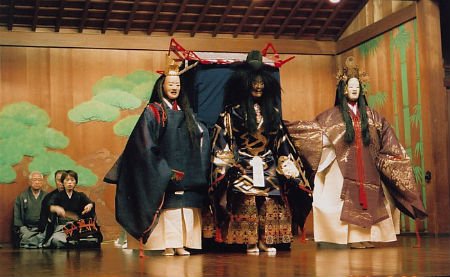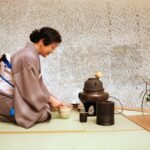Japanese Actors’ Method Acting vs. Traditional Techniques
- By -Maria Mash
- Posted on
- Posted in Actors
Japanese cinema offers a unique blend of modern and traditional acting styles. Japanese actors often face the choice between Method acting and traditional techniques. Method acting, popular in Hollywood, requires actors to deeply immerse themselves in their roles. Traditional Japanese techniques, however, focus more on external expressions and discipline. Both approaches have their strengths, and many Japanese actors blend the two. Let’s explore how these styles compare and how actors use them in their craft.
1. Method Acting: Immersive and Intense
Method acting involves fully embodying the character’s emotions, thoughts, and experiences. Actors use personal memories and emotions to connect with their roles. This approach can lead to powerful and realistic performances. Some Japanese actors embrace Method acting to add depth and authenticity to their characters. For example, actors might live like their characters for weeks or change their daily routines. This intense preparation helps them deliver convincing performances that resonate with audiences.

2. Traditional Techniques: Discipline and Precision
Traditional Japanese acting techniques emphasize discipline, precision, and external expressions. Kabuki and Noh, two traditional Japanese theater forms, rely on stylized movements and vocal patterns. Actors focus on perfecting gestures, posture, and voice modulation. These techniques aim to convey emotions through controlled and deliberate actions. This approach values the craft’s discipline and respects the art form’s long history.
3. Balancing Emotion and Control
Method acting allows actors to explore deep emotional connections with their roles. In contrast, traditional techniques focus on control and precision. Some Japanese actors combine both approaches to balance emotional depth with disciplined performance. By integrating these methods, actors can bring both passion and technical skill to their roles. This blend allows them to express complex emotions while maintaining the structure of traditional acting.
4. The Influence of Modern Cinema
Modern Japanese cinema often blends Western and Japanese elements. As a result, more actors explore Method acting to bring a fresh perspective to their roles. Directors and audiences increasingly appreciate the raw emotion and authenticity that Method acting offers. However, many actors still respect and utilize traditional techniques. This combination reflects the evolving nature of Japanese film, which honors the past while embracing the future.
5. Notable Japanese Actors Using Both Approaches
Some Japanese actors have mastered the art of blending Method acting with traditional techniques. For instance, Tadanobu Asano often uses Method acting to dive deep into his characters. However, he also respects traditional practices, bringing a unique mix to his performances. Similarly, Koji Yakusho skillfully merges emotional immersion with the discipline of traditional Japanese acting. These actors showcase how combining both styles can result in powerful and memorable performances.
6. Challenges and Adaptations
Blending Method acting with traditional techniques can pose challenges for actors. Method acting demands emotional vulnerability, which might clash with the restraint of traditional methods. However, many Japanese actors adapt by selectively using aspects of both styles. They might use Method acting for emotional scenes and traditional techniques for structured, stylized moments. This adaptability allows them to navigate the demands of different roles and directors.
7. The Future of Acting in Japanese Cinema
As Japanese cinema continues to evolve, actors will likely explore both Method acting and traditional techniques. New generations of actors may experiment with even more diverse approaches, blending global influences with Japanese traditions. The ongoing dialogue between these styles enriches Japanese film, offering audiences a variety of acting styles. This dynamic landscape ensures that Japanese actors continue to innovate while honoring their cultural heritage.
Final Thoughts
The comparison between Method acting and traditional techniques highlights the versatility of Japanese actors. By exploring both approaches, they bring depth and nuance to their performances. Method acting offers emotional authenticity, while traditional techniques provide discipline and precision. Many Japanese actors find ways to blend these styles, creating unique performances that captivate audiences. As the film industry evolves, this balance between old and new will continue to shape Japanese cinema.
4o



